Related Research Articles
Documentary photography usually refers to a popular form of photography used to chronicle events or environments both significant and relevant to history and historical events as well as everyday life. It is typically undertaken as professional photojournalism, or real life reportage, but it may also be an amateur, artistic, or academic pursuit.

Laura Adams Armer was an American artist and writer. In 1932, her novel Waterless Mountain won the Newbery Medal. She was also an early photographer in the San Francisco Bay Area.
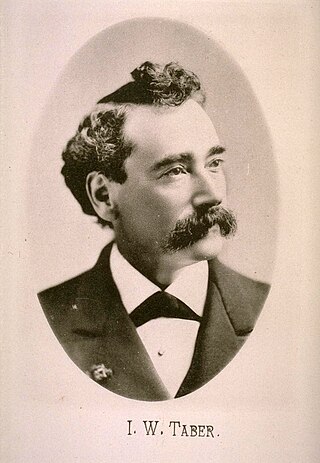
Isaiah West Taber was an American daguerreotypist, ambrotypist, and photographer who took many pictures of noted Californians, which he donated to the California State Library "that the state may preserve the names and faces, and keep alive the memory of those who made it what it is." He was also a sketch artist and dentist. His studio also produced a series of stereoscopic views of west coast scenery.
Suzuki Shin'ichi was the younger of two Japanese photographers to bear that name.
Glen Wexler is an American photographer who is best known for his elaborately staged digital photocompositions of improbable situations.

Khalil Raad was a photographer, known as "Palestine's first Arab photographer." His works include over 1230 glass plates, tens of postcards, and as yet unpublished films that document political events and daily life in Palestine, Syria, and Lebanon over the course of fifty years.
Charles D. Beckwith was an early frontier photographer who operated studios in California, Utah and Idaho during the late nineteenth century.

The participation of women in photography goes back to the very origins of the process. Several of the earliest women photographers, most of whom were from Britain or France, were married to male pioneers or had close relationships with their families. It was above all in northern Europe that women first entered the business of photography, opening studios in Denmark, France, Germany, and Sweden from the 1840s, while it was in Britain that women from well-to-do families developed photography as an art in the late 1850s. Not until the 1890s, did the first studios run by women open in New York City.
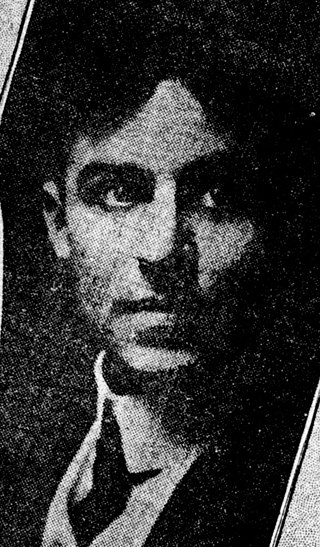
Oscar Maurer was a nationally recognized Pictorialist photographer based in California. His photographs appeared in Camera Work, Camera Craft, The Camera, and other photography journals. His studio in Berkeley, designed by Bernard Maybeck and built in 1907, is an architectural landmark.

Trude Fleischmann was an Austrian-born American photographer. After becoming a notable society photographer in Vienna in the 1920s, she re-established her business in New York in 1940.
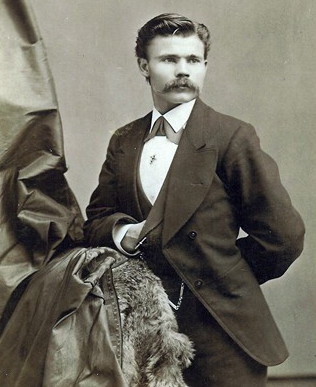
Valentin Wolfenstein was a Swedish-American photographer who worked both in Stockholm and Los Angeles, California. He was one of the first photographers to use flash-lamps for photography.
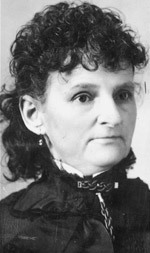
Hannah Hatherly Maynard was a Canadian photographer best known for her portrait work and experimental photography involving photomontage and multiple exposures. She also photographed people using techniques that made them appear as statuary: on columns or posing as if they were made of stone.

Richard Maynard (1832–1907) was a Canadian photographer known mainly for his landscape views taken throughout British Columbia, along coastal Alaska and on the Pribiloff Islands of the Bering Sea.

Julia Ann Rudolph was a 19th-century American studio photographer active in both New York and California. At a time when there were very few professional women photographers, her career spanned a remarkable forty years.

Daniel DeWitt Tompkins Davie, also known as D. D. T. Davie, was an American 19th-century photographer known as a pioneer of the daguerreotype in America and an innovator of photographic equipment and techniques. He was a key player in the controversy over Levi Hill's claim to have invented a process for producing color daguerreotypes.

Alexander Simon Wolcott was an American inventor, experimental photographer, and medical supply manufacturer. With John Johnson, he established the world's first commercial photography portrait studio and patented the first U.S. camera. The camera used a concave mirror to focus the available light onto a photosensitive plate smaller than a 0.5 inches (12.7 mm) square; the size of the plate was eventually increased to 2 inches (50.8 mm) due to improved lighting techniques. The pictures projected onto the plate were positive images and did not require reversal to correct. Wolcott opened various franchise photography studios as a business throughout the United States and England.

Carlo Gentile (1835–1893), known professionally in his lifetime as Charles Gentile, was a 19th-century Italian-American photographer. After travelling the world, he settled in Victoria, British Columbia for a few years, photographing diverse subjects including the gold fields. In 1867, he moved to California, and lived a restless existence with frequent moves between California and Arizona. In 1871, he purchased a young boy named Wassaja, later named Carlos Montezuma, for 30 silver dollars. In the midst of their travels, they participated in a Wild West Show starring Buffalo Bill. Gentile continued the pursuit of his photographic career in Chicago, while publishing a series of newspapers along with maintaining a weekly magazine.
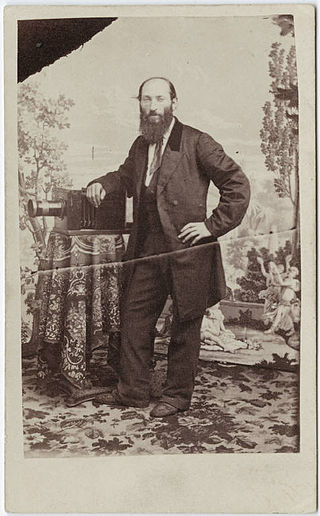
Edward Abraham Kusel (1824-1907) was an American photographer and merchant. Born in Prussia, Kusel immigrated to the United States during the California Gold Rush. He eventually arrived in California, in 1852, making him one of the first Jewish settlers in the state. During his time as a merchant, he imported one of the first sewing machines into California. In 1859, he founded his photography studio, where he developed scientifically-based photography methods to improve early portrait photography. Kusel is considered a pioneer of the town of Oroville, California, where he served as a school board trustee for thirty years, built the first schoolhouse in the town, and donated a founding collection of books to the Oroville Public Library.

This is a timeline of women in photography tracing the major contributions women have made to both the development of photography and the outstanding photographs they have created over the 19th, 20th and 21st centuries.

Photographs have been taken in the area now known as Canada since 1839, by both amateurs and professionals. In the 19th century, commercial photography focussed on portraiture. But professional photographers were also involved in political and anthropological projects: they were brought along on expeditions to Western Canada and were engaged to document Indigenous peoples in Canada by government agencies.
References
- 1 2 Myriam Weisang Misrach (1992) Through The Lens of Time at Women Artists of the American West site, Purdue University
- 1 2 'Palmquist Memorial' Humboldt University Library
- ↑ "About" at Peter E. Palmquist Memorial Fund for Historical Photographic Research site
- 1 2 3 Hirsh, Robert (2003) 'Peter Eric Palmquist, 1936-2003'. In Afterimage; Mar/Apr 2003; 30, 5
- 1 2 3 Peter E. Palmquist (2001) A Collector's Obsession: Photographs of Humboldt County, California from the Collection. Humboldt County (Calif.)
- ↑ Rosenblum, Naomi (1994), A history of women photographers (First ed.), Abbeville Press, ISBN 978-1-55859-761-7
- ↑ Franco, Dorothy (1995) 'Women in Focus'. In Art Documentation: Bulletin of the Art Libraries Society of North America. July 1, 1995. p.55
- ↑ Simmons, B. (1992). 'New Photography Journals'. Art Documentation: Journal of the Art Libraries Society of North America, 11(3), 127-130.
- ↑ Misrach, Myriam Weisang. "Peter E. Palmquist - Biography". Women in Photography Archive. Purdue University. Retrieved 8 April 2016.
- ↑ Mary Rourke (2003) 'Obituaries. Peter Palmquist, 66; Photography Historian'. Los Angeles Times. January 20, 2003.
- ↑ Guide to the Peter Palmquist Collection of Women in Photography, Yale University Library Finding Aid